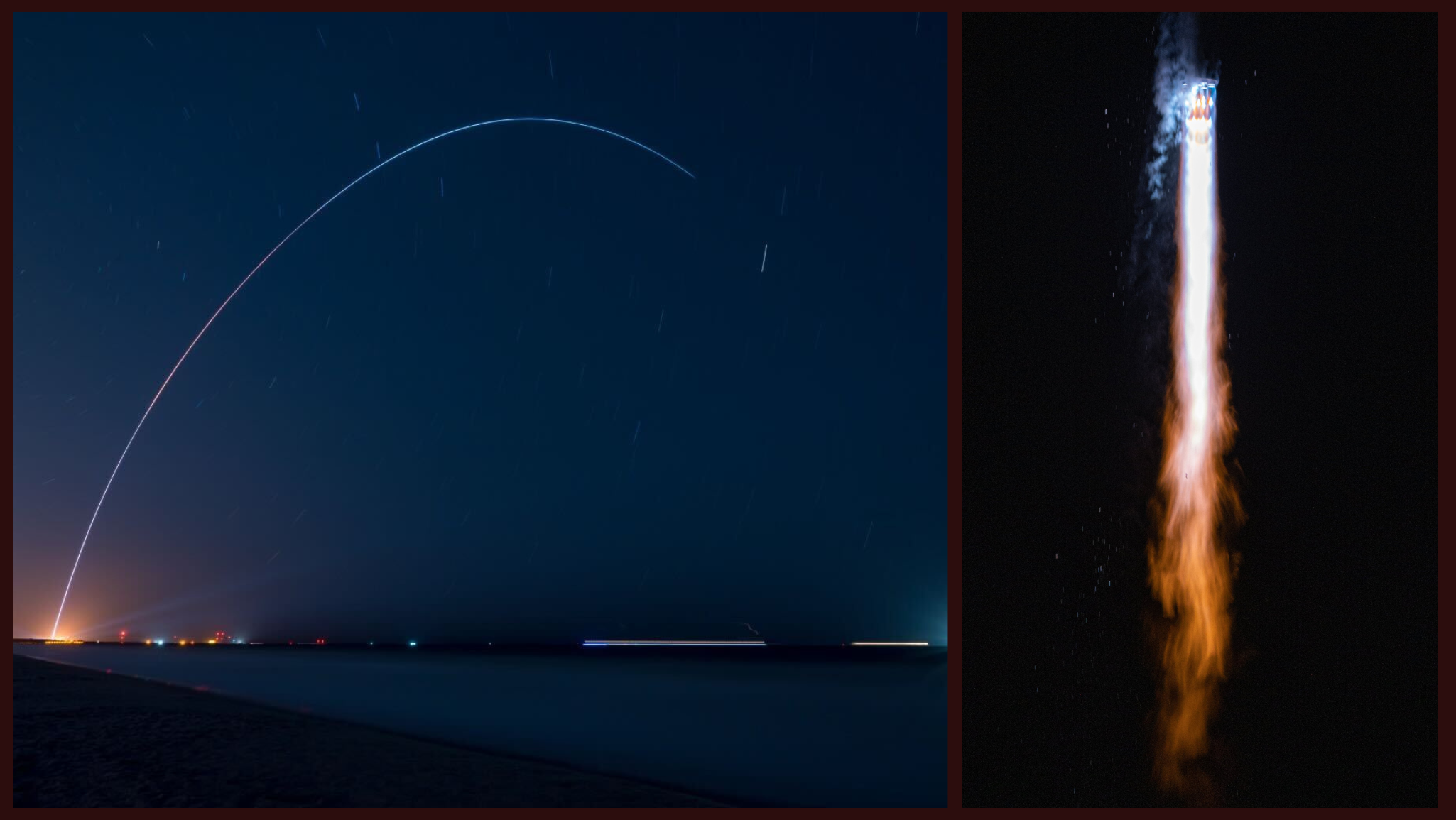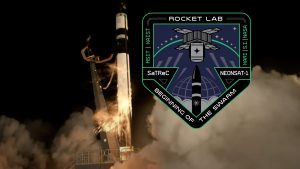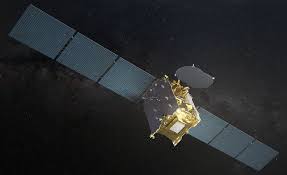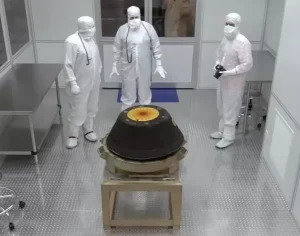Relativity Space Failed To Reach Orbit With The 1st Attempt Of 3D-Printed Terran 1
23rd Mar 2023
Relativity Space’s rocket Terran 1 first launch attempt failed to reach orbit, but the team considered it successful in reaching Max-Q. The launch attempt on 22nd March from Cape Canaveral Space Force Station in Florida.
Terran 1 liftoff at 11.25 Eastern on a test flight named “Good Luck, Have Fun” after 90 minutes delay caused by strong upper-level winds and a boat that entered into the restricted area.
Terran 1 launch details
The first stage of Terran 1, powered by 9 Aeon 1 engines, nominally separated from the landing pad, and after 80 seconds, it reached the point of maximum dynamic pressure called “Max-Q”. Reaching this point was one of the major goals for Relativity Space to demonstrate the reliability of the 3D-printing technology.
2 minutes and 45 seconds after liftoff, the second stage of the rocket separated. But when the Aeon Vacuum engine was ignited, an anomaly occurred, and a flickering loop was visible on the broadcast. After 5 minutes after liftoff, the Mission control declared an anomaly with the upper stage. However, the company was pleased with the milestones achieved.
“Today’s launch proved Relativity’s 3D-printed rocket technologies that will enable our next vehicle, Terran R. We successfully made it through Max-Q, the highest stress state on our printed structures. This is the biggest proof point for our novel additive manufacturing approach. Today is a huge win, with many historic firsts. We also progressed through Main Engine Cutoff and Stage Separation. We will assess flight data and provide public updates over the coming days. ” – Relativity Space on Twitter.
When is the next Relativity Space launch?
This was the third attempt to launch the Terran 1 rocket. On 8th March, the launch was aborted because of a ground systems malfunction. The upper stage liquid oxygen was outside the acceptable temperature range. Three days later, on 11th March, the attempt was cancelled because of a fuel pressure drop in the upper-stage engine. However, the company managed to solve those issues and found a night 3-hour flight window.
Tim Ellis, the Relativity Space CEO, claimed on Twitter that reaching the Max-Q point would be the major goal for the first test mission because it will demonstrate that 3D-printing parts and structures can hold dynamic pressures. The rocket has successfully passed all necessary tests on the ground and now it has been proven in-flight.
After the partly successful first attempt, the company plans to continue testing the Aeon R engine and developing Terran R, the first completely reusable 3D-printed rocket, which is planned to launch in 2024. Compared to Terran 1, constructed for payloads up to 1,250 kg, Terran R’s payload capacity will be about 20,000 kg lifted to Low-Earth orbit.
At the moment, Relativity Space has not announced plans for a second attempt to launch the Terran 1 rocket. Even before the launch of the Terran 1 rocket, Tim Ellis said that the company could go straight to testing the Terran R rocket if the company’s customers were more interested in the early development of this particular rocket.






Thank you for your comment! It will be visible on the site after moderation.